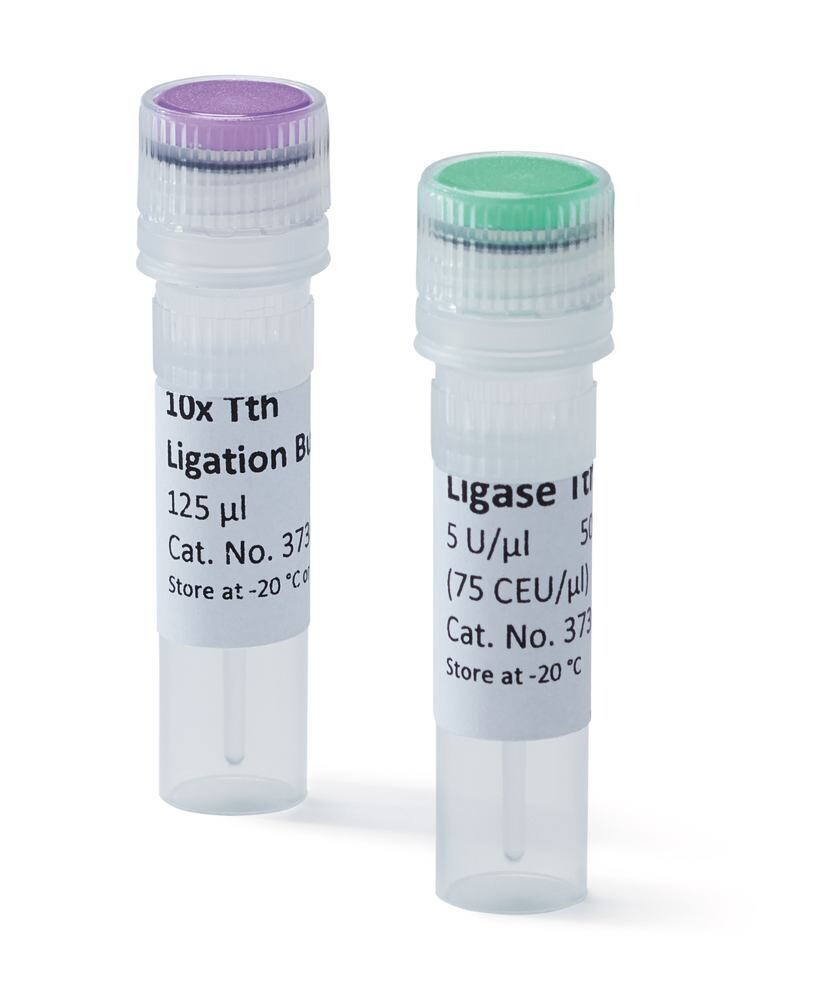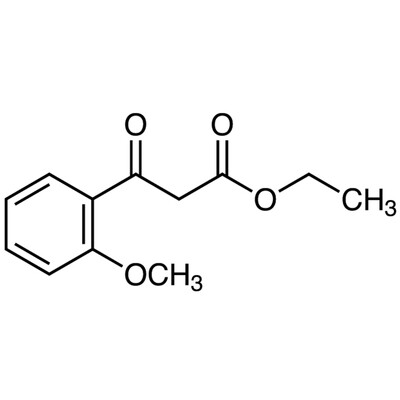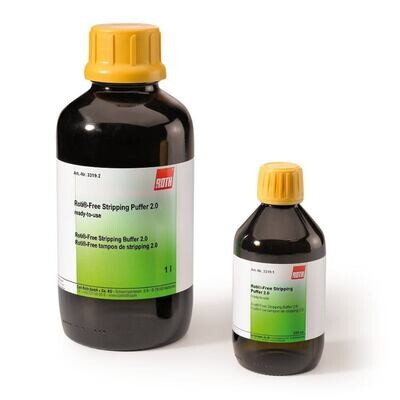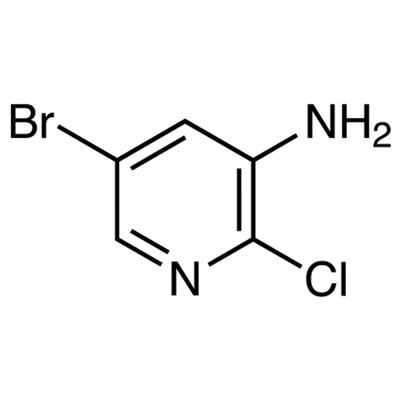Ligase Tth, 50 µl
Ligase Tth 5 U/µl, for molecular biology
Tth DNA Ligase catalyzes the NAD-dependent formation of phosphodiester bonds between adjacent 3'-hydroxyl and 5'-phosphate termini in double-stranded DNA. This ligase is inactive against single-stranded DNA or RNA and blunting DNA.
- stable at high temperatures
- ligates double-stranded DNA
- Repairs single strand breaks in double stranded DNA
The Tth DNA ligase is stable and active at much higher temperatures than conventional DNA ligases. The optimal ligation temperature range is 7-10 °C higher than that of the T4 DNA ligase and is determined by the Tm of the substrates. High ligation temperature eliminates the nonspecific ligation.
Quick Ligase
Ligation buffer (10x)
The individual components of this kit cannot be purchased separately.
The tubes included in the kit are colour coded to avoid confusion of reagents.
Enzyme: a neoclassical, Greek artificial word ενζυμου, énzymon, derived from εν-, en- (in-) and ζυμη, zýmé (yeast, sourdough, archaic)
Ferments: comes from the Latin fermentum (ferments, sourdough)
There are six classes in which all enzymes are classified according to the particular reaction they catalyse:
• Oxidoreductases (catalyse redox reactions)
• Transferases (transfer functional groups among substrates)
• Hydrolases (cleave bonds via addition of water)
• Lyases/Synthases (cleave or synthesise complex products out of basic substrates without cleavage of ATP)
• Isomerases (transform chemical isomers)
• Ligases/Synthetases (cleave or synthesise complex products out of basic substrates via cleavage of ATP)
| Concentration | 5 U/µl |
| DNA nucleases | not detectable |




![Bis(2,4,6-trichlorophenyl) Oxalate [Chemiluminescence reagent for the determination of fluorescent compounds]>98.0%(T)5g Bis(2,4,6-trichlorophenyl) Oxalate [Chemiluminescence reagent for the determination of fluorescent compounds]>98.0%(T)5g](https://d2j6dbq0eux0bg.cloudfront.net/images/88473019/4045033897.jpg)
![2-methyl-3,5,6,7-tetrahydro-4H-pyrrolo[3,4-d]pyrimidin-4-one dihydrochloride dihydrate, 95.0%, 250mg 2-methyl-3,5,6,7-tetrahydro-4H-pyrrolo[3,4-d]pyrimidin-4-one dihydrochloride dihydrate, 95.0%, 250mg](https://d2j6dbq0eux0bg.cloudfront.net/images/88473019/4860043248.png)



![((3aR,6S,6aR)-6-(Benzyloxy)-2,2-dimethyltetrahydrofuro[2,3-d][1,3]dioxole-5,5-diyl)dimethanol, 95.0%, 25g ((3aR,6S,6aR)-6-(Benzyloxy)-2,2-dimethyltetrahydrofuro[2,3-d][1,3]dioxole-5,5-diyl)dimethanol, 95.0%, 25g](https://d2j6dbq0eux0bg.cloudfront.net/images/88473019/4761294063.png)


![(2-Methylbenzo[d]oxazol-6-yl)methanol, 95.0%, 1g (2-Methylbenzo[d]oxazol-6-yl)methanol, 95.0%, 1g](https://d2j6dbq0eux0bg.cloudfront.net/images/88473019/4762998272.png)
